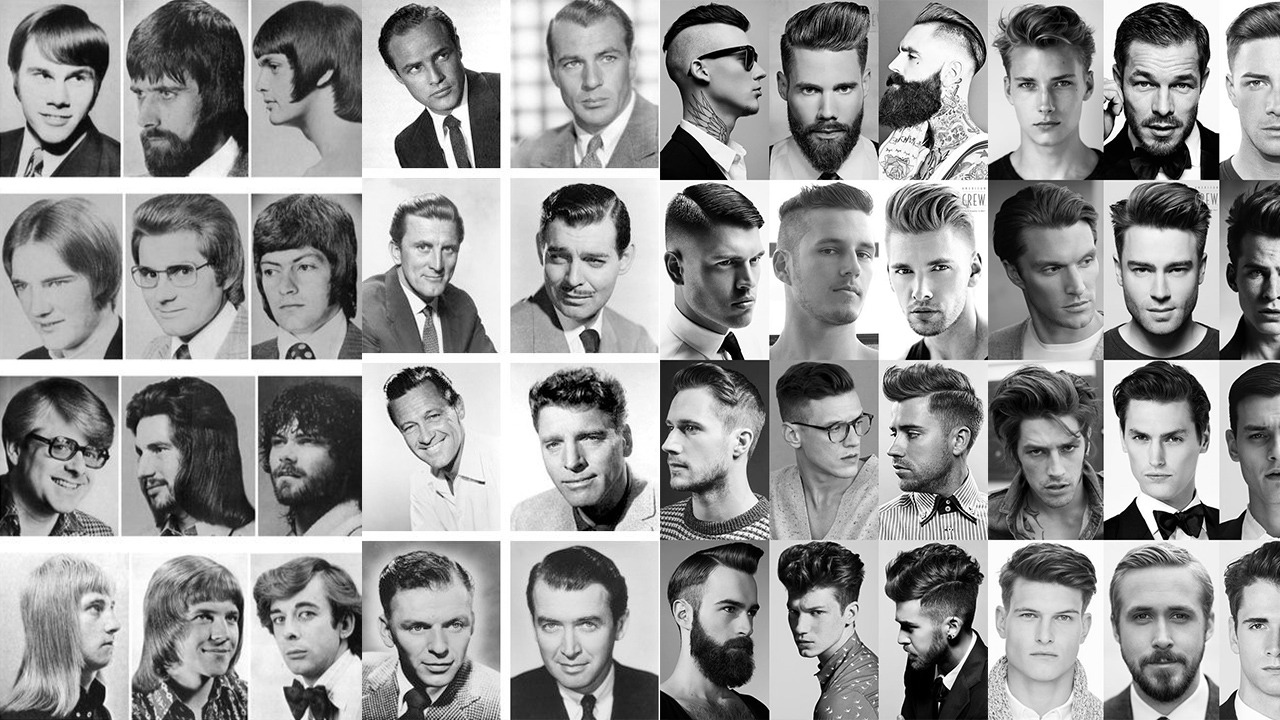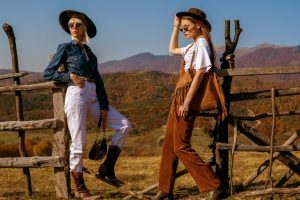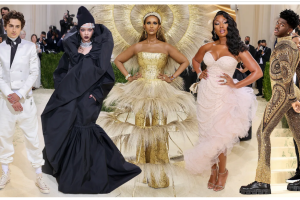Men’s preoccupation with their heir is not new. It started years ago and it has seen the rise and fall of plenty of hair trends. From the slick back to undercuts, hair styling has changed over the past half-century.
Every decade had its own distinctive hairstyles. Those became popular, were worn by thousands of men worldwide and later left fashion in order for the next trend to come. As years passed, new haircuts came and older ones changed in order to become fashional again. So, it is possible to see the messy hair of Alexander the Great in fashion shows today.
Let’s see how men’s hairstyles evolved since the 1950s:
The ’50s
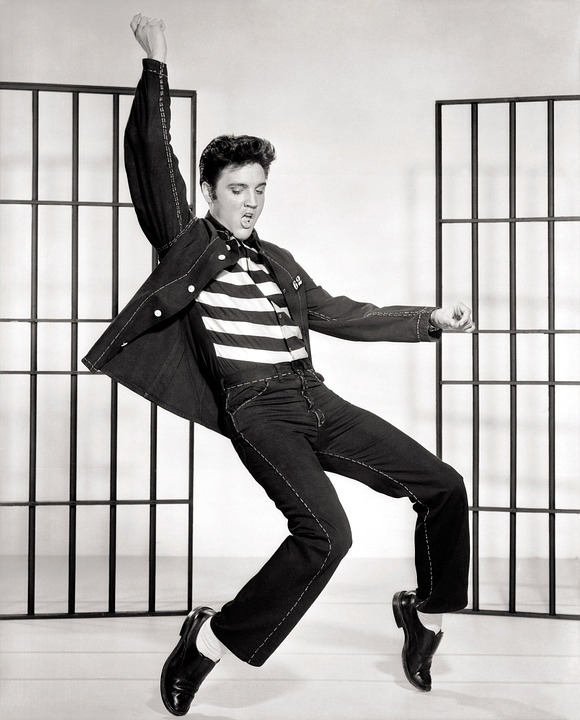
It was after the war and men needed something more fun. Hence the Rockabilly Pompadour, that we first saw on Elvis and later inspired hundreds of men around the globe. There was, of course, the classic side part -one example was Cary Grant’s hair-, but James Dean messy slick back was also popular. Think greasy hair with combed-back sides. You also had the Ivy League haircut. In the 1950s and early 1960s, Ivy League colleges had rules on how students should wear their hair. That style with extra length on top became popular throughout the US. Think of JFK’s hairstyle. Recent examples are Ryan Gosling’s or Daniel Craig’s haircuts.
The ’60s
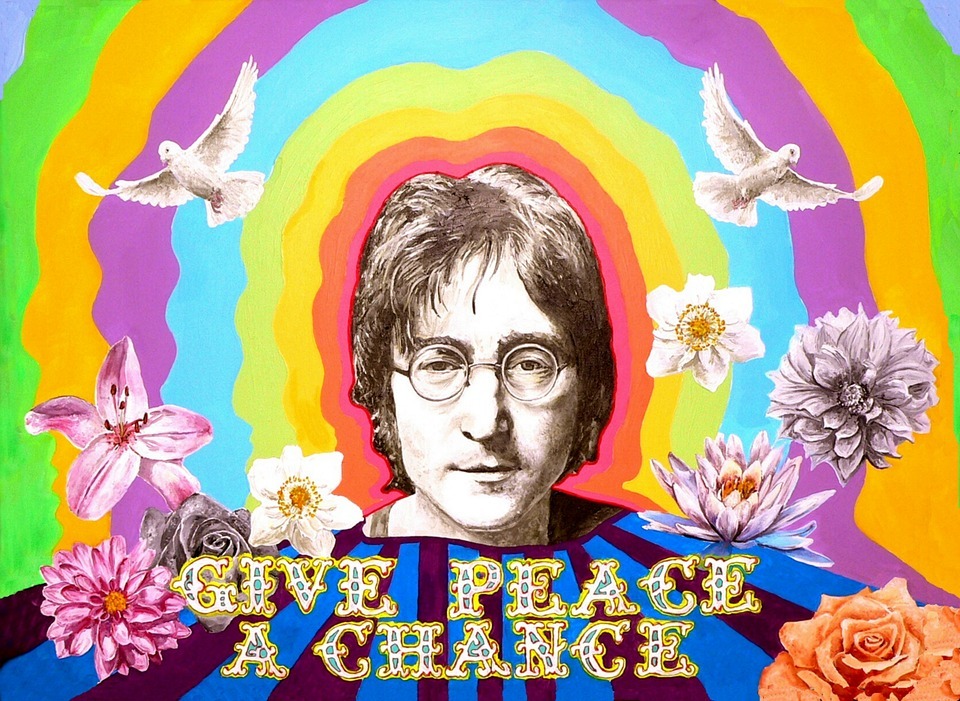
Hippy was the norm. There were haircuts inspired by The Beatles, like the longer mop-top haircut. Big afro hair started to appear, together with the call of African-American people for more rights. Of course, not everyone was looking for peace and freedom. Executives preferred more traditional slick backs at that time.
The ’70s
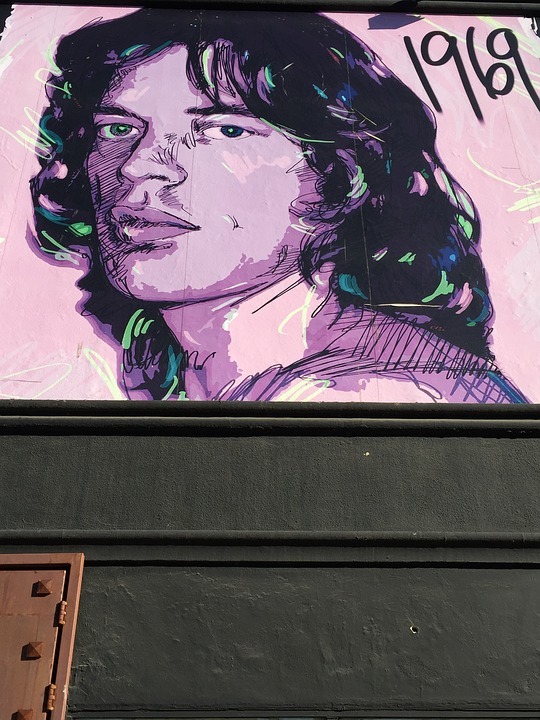
Longer is better. In the 70s the hippy culture was at its heyday and men were not afraid to experiment with their hair. They preferred longer haircuts, matched with facial hair. As in previous decades, music and rock stars showed the way and haircuts by Jim Morrison and Mick Jagger quickly became popular. The 1970s was also the era of the disco and you could see fluffy haircuts with mustaches.
The ’80s
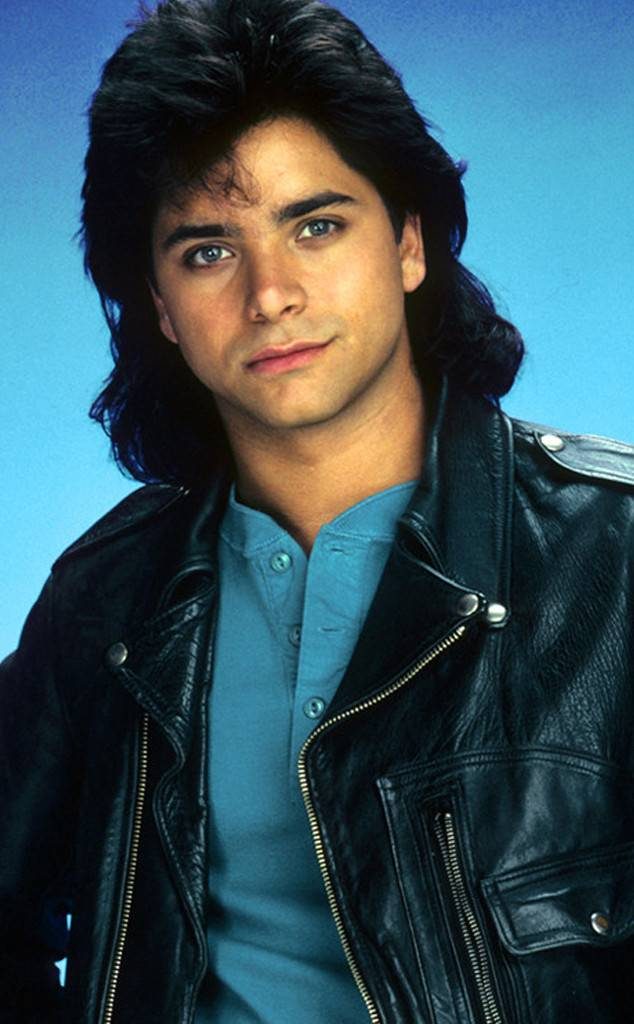
Two very different hairstyles were popular during the ’80s. First, there was the slick-back hair -like the one Michael Douglas has in Wall Street (1987). It was the hairstyle that stockbrokers loved. On the other hand, you had the rock stars, who loved long hair. You had longer hair than in the 1970s and some preferred to match the length with curls. Then, of course, there was the mullet, the hairstyle of sitcom actors. Who can forget John Stamos in Full House, the TV show that started airing in 1987?
The ’90s
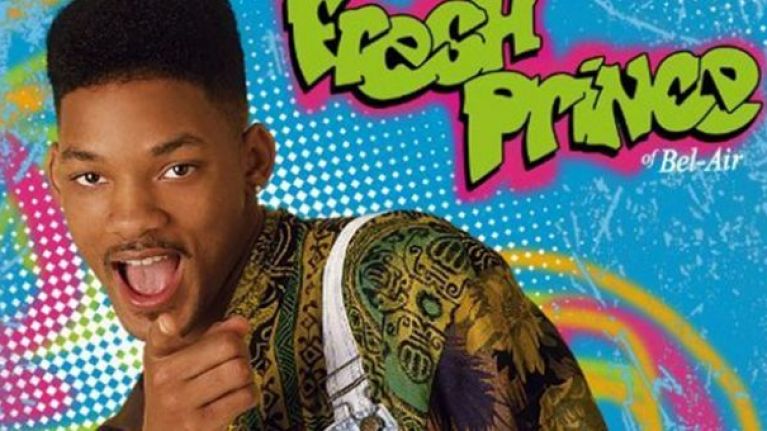
During the ’90s men’s hairstyles change a lot. You have the grunge hairstyle of Kurt Cobain -similar to the looks of the ’70s-, but pop stars and TV actors inspired different haircuts. There was the flat top that Will Smith had in Fresh Prince and Leonardo Di Caprio’s floppy hair. Boy bands appear and bring spiked hair with them.
The 2000s
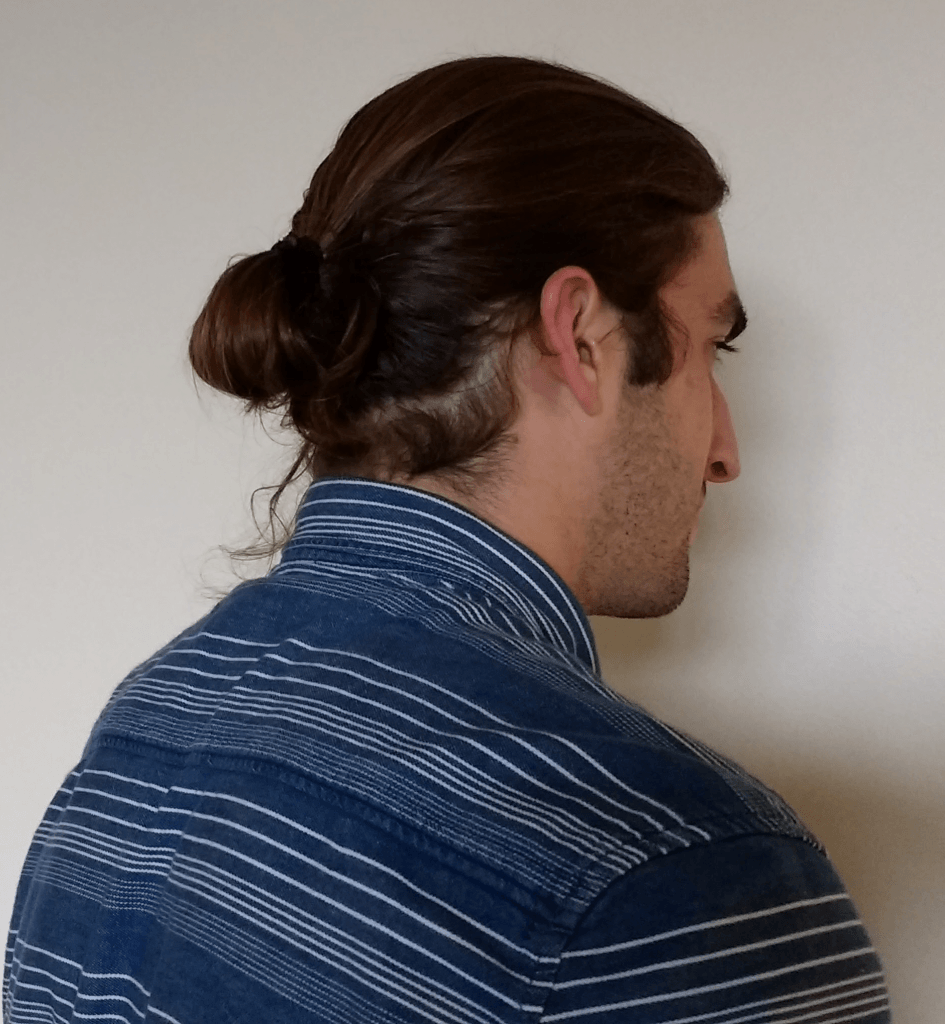
Fauxhawk was popular. This specific hairstyle had short sides and a spiked front and was used by actors and football players. There was also mop top that boys in their teens had -like the ones used by The Beatles but with more shaggy hair. You could also see a lot of blowout haircuts. Brad Pitt paired with a buzz cut, a military-inspired hairstyle. This specific hairstyle has come back during the last few seasons.
The 2010s
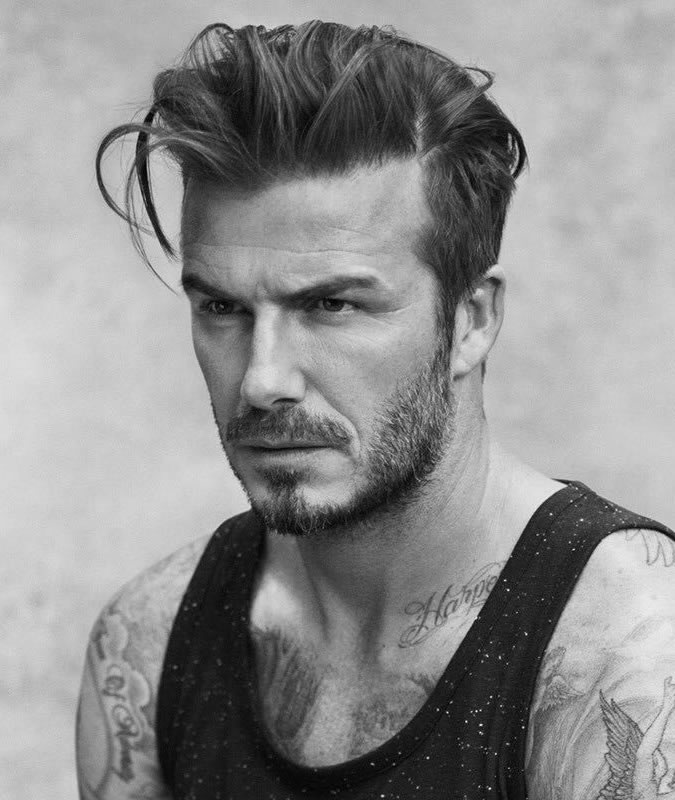
Men’s hairstyles continue to evolve. Messier hair and the man bun are extremely popular. Men also preferred top knots and undercuts. There was an emphasis on short and medium hair lengths, with very few preferring longer hair. David Beckham, the “king” of hairstyles, showed the world the falling quiff haircut that became super popular in a short time. Slicked back hair with a disconnected undercut, like the one that Cillian Murphy wears in TV show Peaky Blinders is also one of the favorite recent trends.
As needs change, hair will change as well. Men have embraced the need to be unique and most choose hairstyles that suit them. One thing is for sure: it will be exciting to see how men’s haircuts will change over the next century.






